Thinking more on web #decluttering, I now believe that this is largely a matter of control.
My programming career started in web development and even though I was never good at the design part, it was always immensely satisfying to get my web site look just right. Perfect margins, best color scheme, nicest fonts, but all of it according to me.
Herein lies the problem: web sites are largely created to represent the tastes (or corporate style) of the creators, and not the preferences of visitors. I think that the key to a user-firendly web is giving back the control to the users.
The hard part of it is how much control should we give back. In the attachment are three versions of the same blog post: one with my current blog's theme (the green one, designed according to my tastes), one with all styles stripped off (literally zero custom CSS), and the second is the very minimal styling (mostly browser defaults, but some minimal styling to improve readability).
Which one is better for the user? I dunno.
So, giving back all control isn't really viable today, the browsers won't extend that control to the user, and even when they do, most users won't know how to take advantage of it.
So, maybe we could help a little? Set a legible text size, limit line length to something easy for the eye to follow, make sure contrast between foreground and background is not too jarring, provide an alternate palette for the dark mode. And wow, that's a lot of opinionated choices already. Should you provide 2, 4, 12 color themes to suit varying tastes, lighting conditions and screen types? Would the user mind having to pick the stylesheet every time they enter a new site?
That's a bit of a mess.
I also conducted a scientific study on a sample of 1 and shown the "original design" and "minimally styled" versions side by side to my partner. She actually didn't care much for the minimal option, preferring green colors and the blocky font of the original theme I mean, I'm kind of pleased because I tried very hard to make it look pretty while not being obnoxious, but does it just mean I'm a weirdo who complains at pretty things?
All that said, most modern browsers support some kind of "reader mode" that basically does just chuck all the site-specific styling into the trash bin and shows the content the way the user prefers. Some implementations are better than others, but given the wide spread of this feature, isn't it reasonable to assume there is demand for it after all?
So maybe what I'm saying is that browsers should provide web developers with some tools to show their sites in a reader mode by default? Even something simple like a set of standard css variables that convey user's reader style would already be great. And a way make adjusting the settings easy for the visitor.
@me I was thinking about this for a while.
You can have "Reader mode by default" using this lib: https://github.com/mozilla/readability. Write your website alrrady stripped from all styles and then invoke `readability` and you're good.
However, I find the reader mode to be quite limiting. You can't have many nice things: accordions, hints, sticky navigation bar, floating ToC, "back to top" button, burger menus on mobile, etc. You might not need all of this, but if in the future you'd like at least one thing, then you have to redo your whole website.
I think the way forward would be establishing a new common standard (see xkcd-927), which would define:
* a subset of HTML, with legacy tags and attributes stripped away, and some ambiguous behaviour clarified
* a superset of HTML, which adds commonly used features you can find on the "components" section of every web UI framework
* rules what CSS and JS are allowed, and more importantly NOT allowed to do on a webpage, restricting them to "nice to have, but not essential" type of things
(If it's simultaneously a subset and super set, shall we call it sideset? I'll use STML to refer to my standard further :) Also S can stand for Small, Sane, Simple)
The core idea for STML is to separate content from presentation. We might even ditch XML for good in favour of an improved markdown or something. The default presentation should not make you want to poke your eyes out, and with optional extra CSS/JS you can make an eye-candy.
Easy to write, pleasure to view :)
Obviously, to make it work, a JS library is needed, which translates the page from STML to HTML. However, this will be one library that fuels multiple websites, and it can be developed as a "reference implementation" of STML. It can be replaced with anther implementation if a website user wishes, e. g. via a browser plugin.
The biggest advantage of all this, IMO, is that now there can be an ecosystem of tools, which targets all STML-compatible websites. Want AMOLED-Dark mode everywhere? Bigger/smaller fonts? "Instant view" like in Telegram? RSS readers rendering your posts correctly? It's easy to implement any of these now.
I've been ruminating it in my head for too long, and your post motivated me to actually write it down. Let me know what you think :)
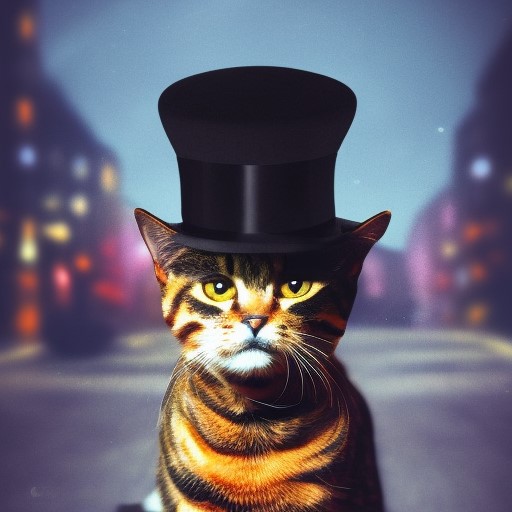

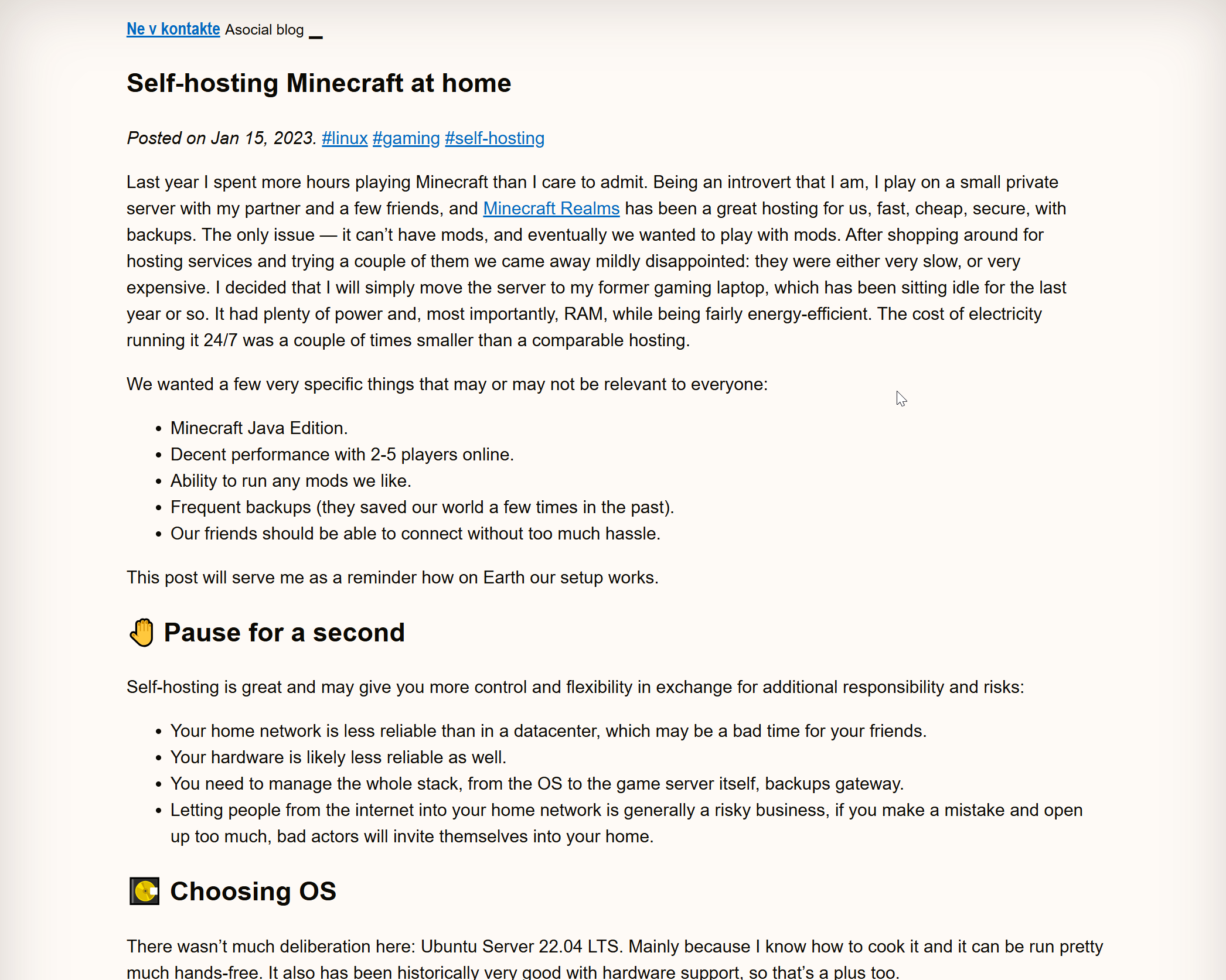
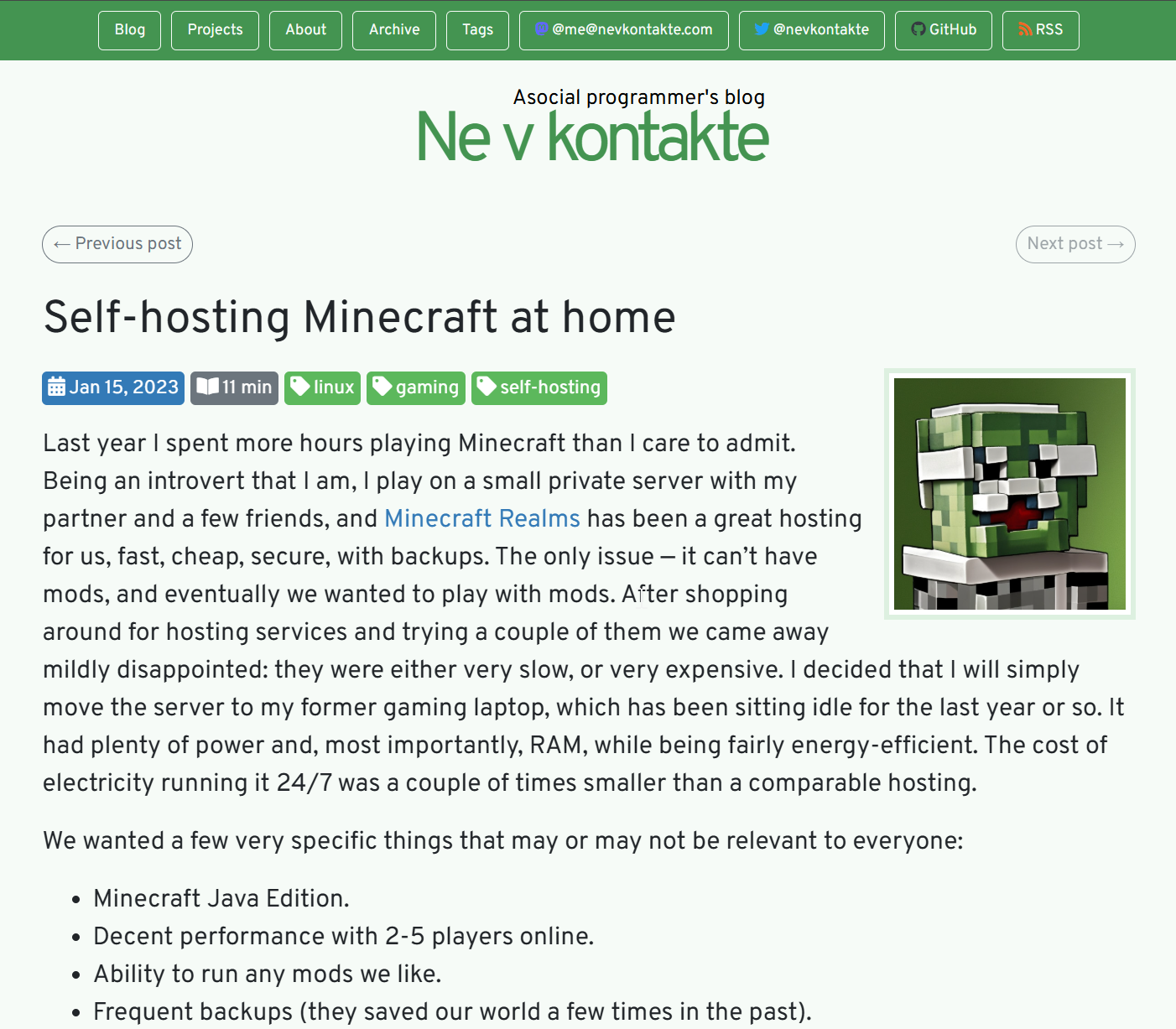
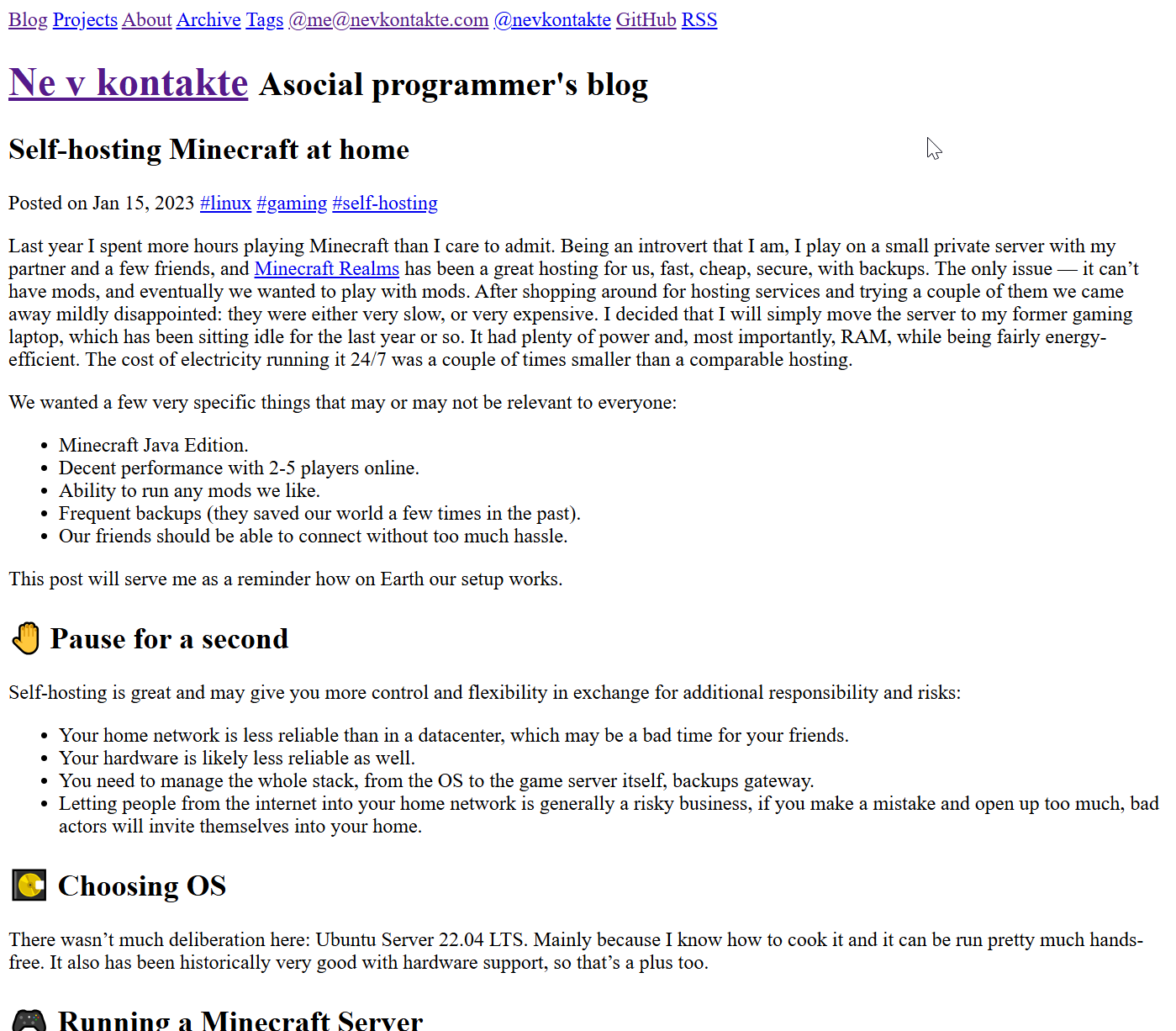

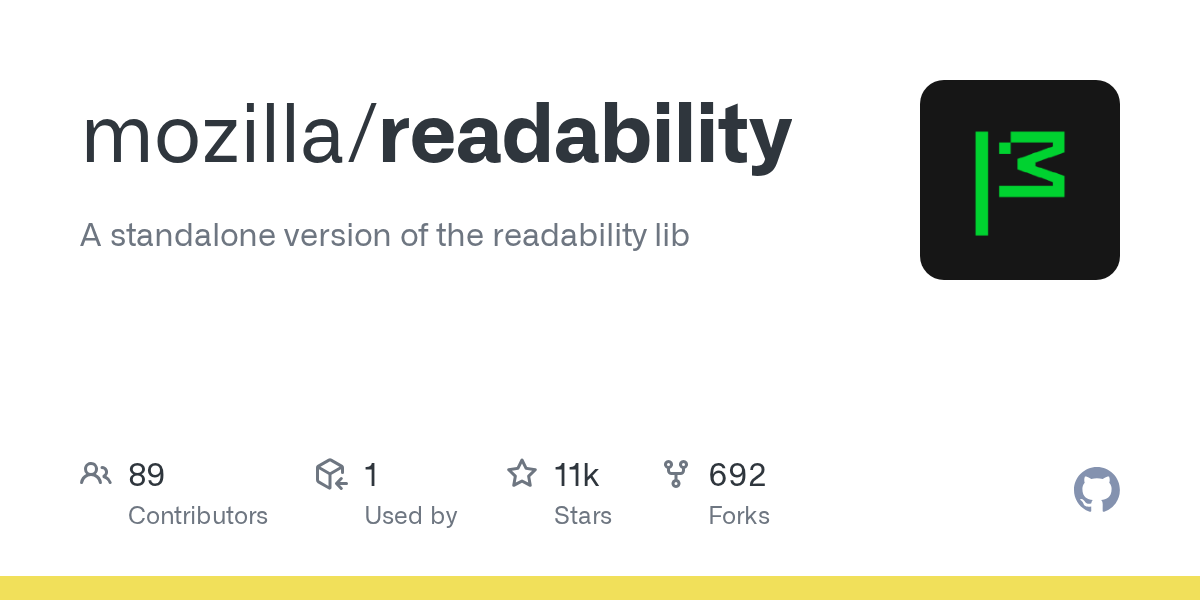
I think in theory, the style-less one should be best: because it honors the defaults the user set in their browser. Bigger text size? Different default font? Change background and text color? No problem, whatever you specify in the browser settings. Weird screen size? Just resize your browser window however you like.
Of course, it doesn't work like that in practice. I asked a few non-techie friends, none of them realized that you can configure that kind of thing in their browser. And why would they, none of the web sites they normally visit would honor those, enforcing their own aesthetics. Say thanks if they allow you to choose between a dark and light modes.
Some browsers don't even give you an option — Safari on iOS, as far as I could tell, only allows you to control the default page zoom, and that's it.